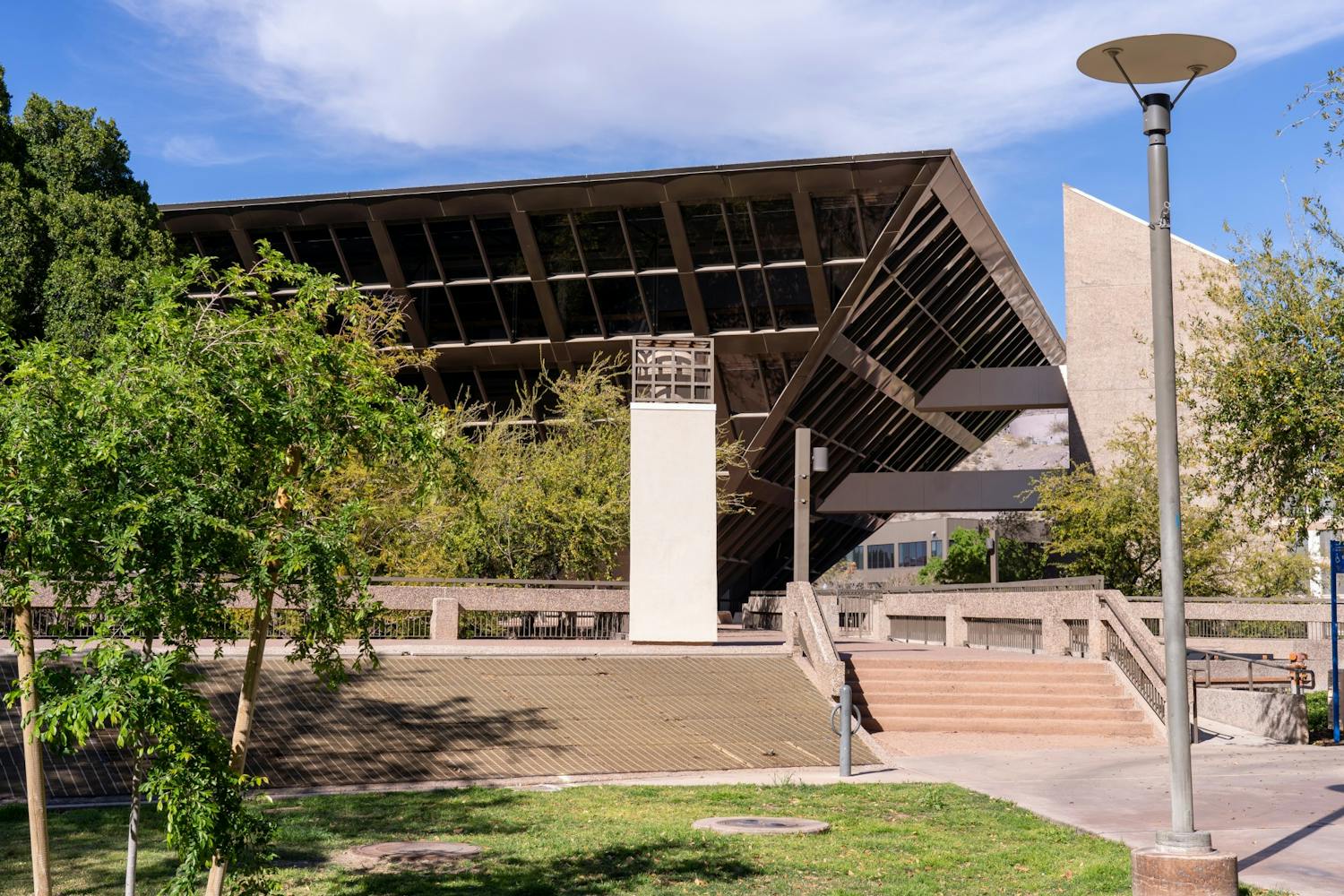On the front door of the Alamo church in downtown San Antonio, Texas, there hangs a plaque that says, "Be silent friend/here heroes died/to blaze a trail/for other men." No sentiment sums up the feeling of reverence Texans still hold for the men who died at the Alamo quite like this message that greets visitors of the monument.
Davy Crockett, Jim Bowie and all the other heroes of the Alamo are still very much alive in modern San Antonio, immortalized in statues, street names and school buildings.
The story of the Alamo is a story as big as Texas, full of passion and bloodlust-a story whose drama has enticed several filmmakers to retell it on the Silver Screen time and time again.
The latest effort to retell the epic tale comes from Texas native John Lee Hancock (The Rookie). Because he is a Texan, Hancock says he felt a special connection to the story as he recalled how the legend of the Alamo inundated his childhood.
"We'd play Alamo in the backyard. In a lot of ways, the Alamo is synonymous with my childhood. The opportunity to go back and revisit that as an adult was one I couldn't resist," Hancock says at a press junket in Texas.
The fall of the Alamo has been played out more than 13 times on celluloid, but Hancock says he never felt the whole story was being told. He wanted his version to give more depth and perspective.
"The defenders of the Alamo are always portrayed as being of one mind, and they weren't."
Hancock's version of the battle showcases three groups of people defending the Alamo: loyal Mexicans who wanted their country back from dictator Santa Ana, people who wanted Texas to join the United States and those who thought Texas should be its own country.
Hancock's film, The Alamo, attempts to represent all three schools of thought, but with mixed results. The film also attempts to give insight into the motivations behind Santa Ana's actions, again with mild success.
Without delving into a history lesson, Santa Ana was a Mexican dictator who was hostile to Anglo settlers in Texas. In most retellings of the Alamo, Santa Ana is painted as the archetypical villain-a power-hungry man with a taste for blood. In his film, however, Hancock attempts to give Santa Ana some depth.
"It's no fun to have an antagonist with no logic. I wanted to make sure that everyone understands, in some ways, that Santa Ana had a point," Hancock says.
Emilio Echevarria (Y Tu Mama Tambien and Amores Perros), who personifies Santa Ana in the movie, elaborates on what he and Hancock had in mind for the character.
"John [Hancock] said he didn't want Santa Ana to be just a villain, and I agree. There has to be a reason why he was president [of Mexico] 11 times," Echevarria says in his native Spanish tongue.
When tackling a subject like the Alamo, many of the key players are larger than life-something that can present a challenge to both the actors and the filmmakers. There is a lot of myth surrounding what actually happened at the Alamo, and Hancock did his part to separate fact from fiction.
The film attempts to tell an epic story through the smaller more personal stories of the six major players in the film. Though remakes of the battle of Alamo have often fallen short of this goal, Hancock's depiction has its moments where the emotions of each character ring true to the audience.
Jordi Molla (Bad Boys 2 and Blow), who plays Juan Seguin in the movie, says it is at those moments where he hopes the audience will find some deeper meaning in the film.
"So often after things happen, it seems they become literature rather than an actual event. I think this movie makes the literature come alive," Molla says.
While the audience does make the occasional emotional connection with each character, the real reason to see The Alamo is for the battle scenes. They are everything battle scenes should be: epic, bloody and strangely poetic. Only in those moments does the film truly shine. Only in the most dehumanizing of scenarios does the audience actually understand the very human motivations of each character.
Overall, the film attempts to be more epic than it actually is. See it for the battle scenes and try to forgive the overdone attempts to pull at your heartstrings.
Reach the reporter at megan.irwin@asu.edu.



